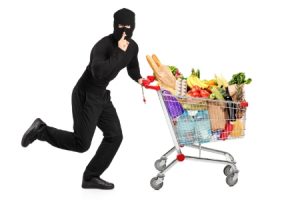 Large-scale food theft is the plat du jour on criminal menus as of late. In fact, food and beverages have replaced electronics as the most-stolen good in the United States, with an estimated $21 million worth of food and beverages stolen in 2015. Products range from alcohol, meat ($41,000 in chicken wings by a father and son team in New York), and dairy (especially cheese and ice cream) to produce, nuts and seeds. Thieves find edibles appetizing targets because the value is high and the risk is relatively low---many perishables don’t have serial numbers and can’t be tagged or traced.
Large-scale food theft is the plat du jour on criminal menus as of late. In fact, food and beverages have replaced electronics as the most-stolen good in the United States, with an estimated $21 million worth of food and beverages stolen in 2015. Products range from alcohol, meat ($41,000 in chicken wings by a father and son team in New York), and dairy (especially cheese and ice cream) to produce, nuts and seeds. Thieves find edibles appetizing targets because the value is high and the risk is relatively low---many perishables don’t have serial numbers and can’t be tagged or traced.
Cheese is currently the most stolen food item in the world. In the last 3 years, almost $425,000 worth of cheese has been stolen in Wisconsin alone---including $90,000 in Marshfield near Nelson-Jameson’s headquarters and $46,000 worth just a month ago near Milwaukee. Any way you slice it, that’s a whole lot of cheddar. Gouda thing for the dairy industry, it’s not that easy to get away with stealing lotza mozza. Cheese is a highly-regulated food, with documentation implemented at various stages of production and distribution---from paperwork to truck seals. Thus, most of the recent queso the stolen cheeses have been solved.
Some of the most sophisticated and frequent shell games involve the nut industry in California, with almonds, walnuts and pistachios targeted most often. And the thieves are clearly on a (nut) roll: in the past 9 months, more than $10 million worth of product has been stolen from the California supply chain, which is about $3 million more than the amount stolen in the last 4 years. It is believed that most of the stolen nuts are being sold for export, as they have a long shelf-life, are relatively untraceable and have increased in global value and popularity. Fortunately, the nut industry is doing their best to crack the case. Since most of the thefts take place during the logistics process, extra safety and security measures have been implemented that include radio-frequency identification (RFID) tags and fingerprinting and photographing truck drivers. Police task forces have also been recently increased.
While we often laugh when we hear that someone’s stolen 600 barrels of maple syrup, don’t let the puns and humor detract from the economic damage the stolen food black market inflicts. It negatively impacts growers, agricultural laborers, processors, logistic companies, distributors, retailers and insurers. Eventually, the loss of income is passed onto the consumer through food shortages and raised prices. Food safety is also an issue. Like the California man that was caught selling unrefrigerated, stolen orange juice out of his garage, most thieves don’t care about proper handling and storage of the product. Clearly, the risk of foodborne illness combined with far-reaching monetary losses make food crime a seriously unpalatable concern that needs to be addressed with some importance.
For more information on the FDA’s cargo theft policies and notices, please see http://www.fda.gov/ICECI/CriminalInvestigations/ucm182888.htm.

December 10, 2025
What is OSHA's Regional Emphasis Program (REP) for the food manufacturing industry? The OSHA Regional Em...
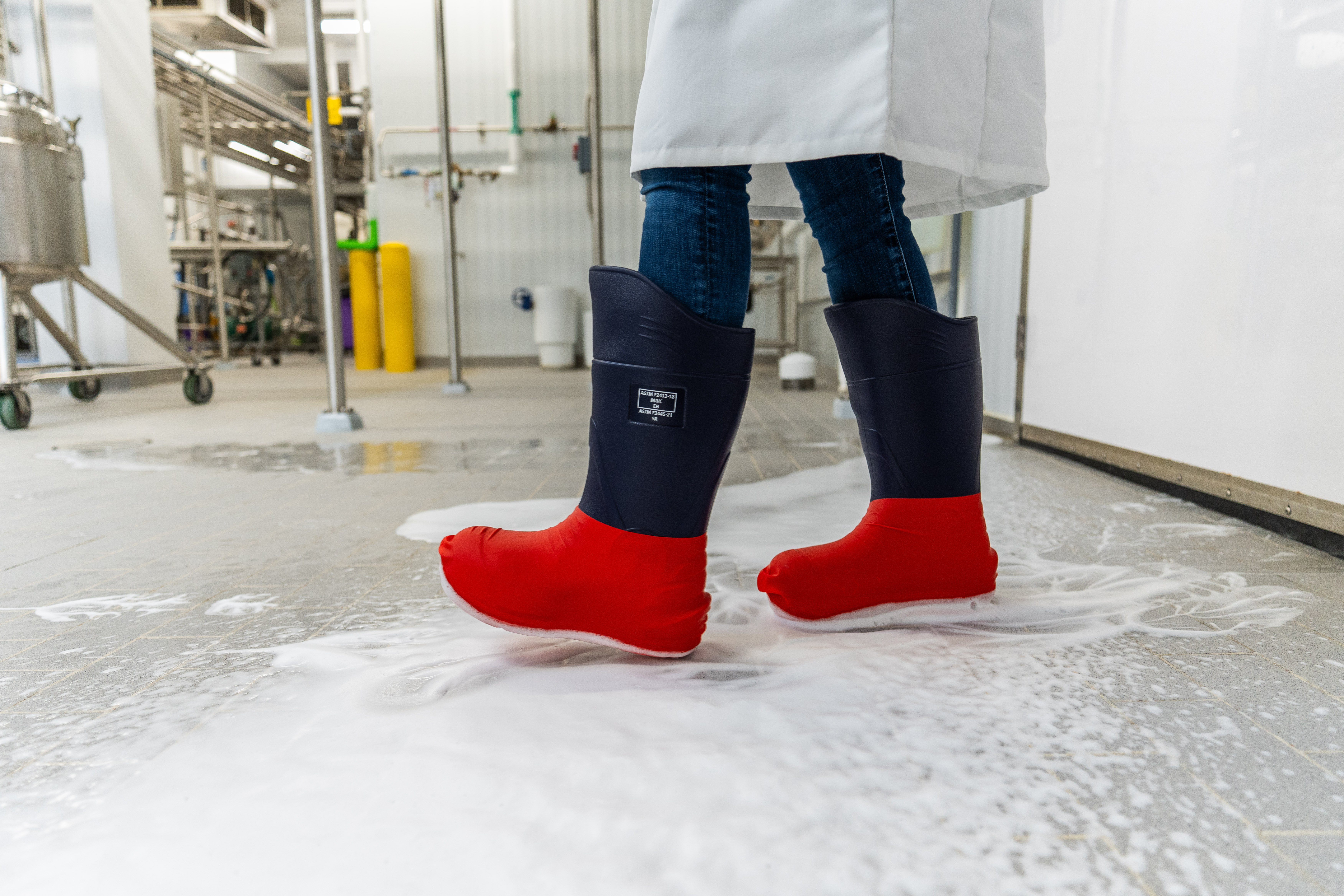
December 8, 2025
There is a fundamental connection between worker safety and food safety: A failure in worker safety can ...
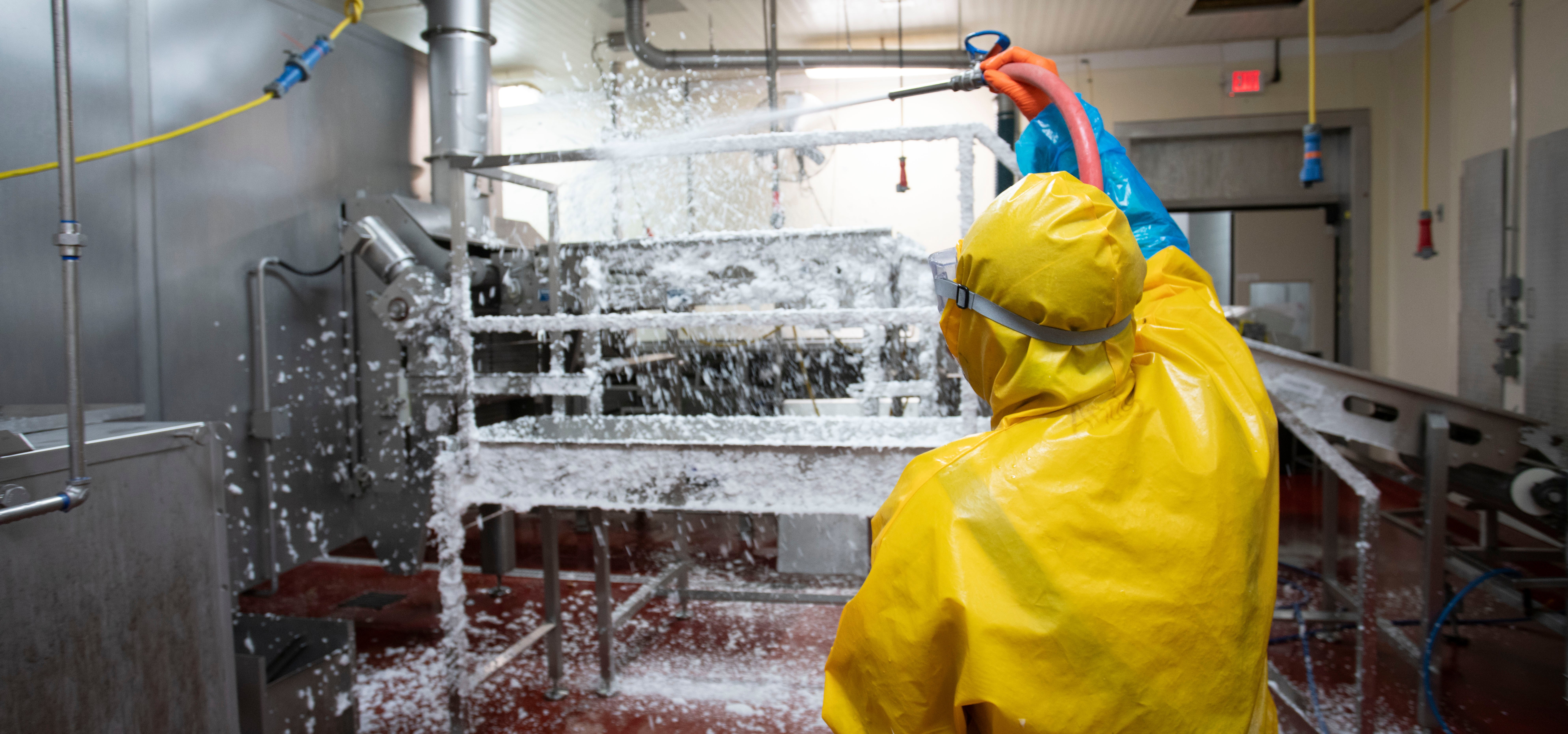
December 1, 2025
Nelson-Jameson understands that efficiency and worker safety are equally important goals in food manufac...

Recognize and address possible hygiene and sanitation challenges based on the cleaning and material handling equipment available in your facility.
Through a discovery call, virtual, or on-site assessment, Vikan SQF Practitioner certified specialists will assist in confirming that your system and cleaning tool inventory aligns with your risk management objectives while pinpointing any missing tools and enhancing maintenance and usage practices. Evaluate whether your existing tools are utilized in the most effective manner, or determine if a more suitable tool exists for the task at hand. Ensure that your tools comply with all relevant standards and regulatory requirements. Site evaluations encompass a summary survey, an overview of the location, a color-coded factory layout plan, product suggestions, a recommended order form, and a proposal for a follow-up survey.
Food Safety, Sanitation, Cleaning Tools, Color Coding
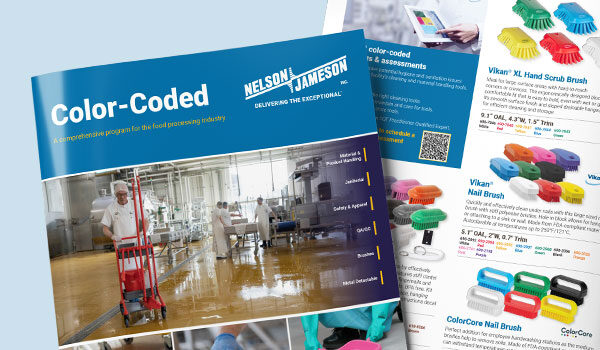
This is a comprehensive program for the food processing industry. Nelson-Jameson brings together the most extensive collection of color-coded products for material handling, product handling, janitorial, safety, apparel, QA/QC, and metal-detectable applications. With the right pieces, a color-coding system is a powerful tool in preventing cross-contamination of allergens and food-borne illnesses that can lead to sickness or expensive product recalls.

Food Safety, Sanitation, Cleaning Tools, Color Coding
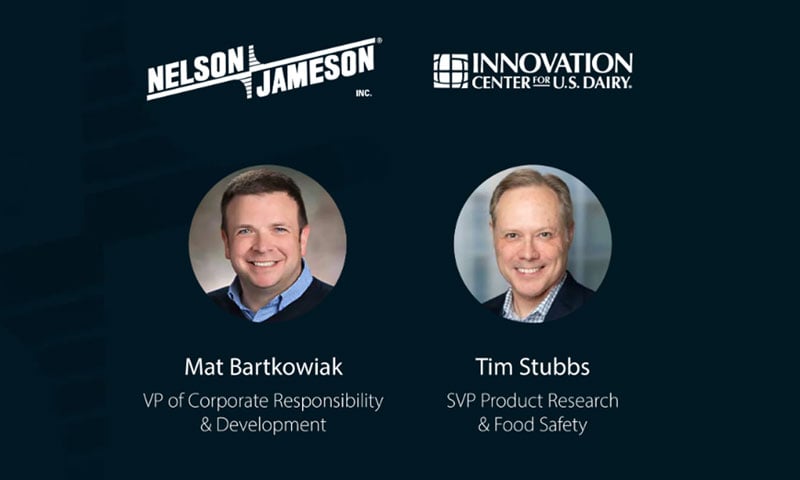
Food Safety
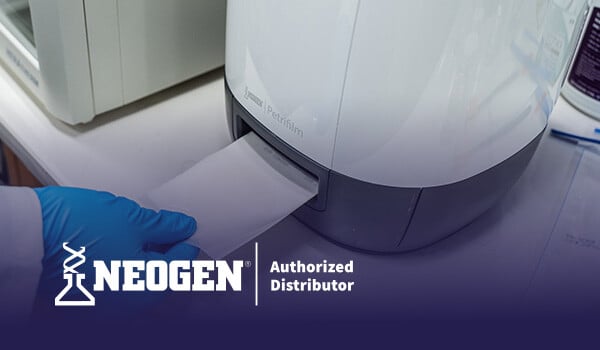
Get Petrifilm Certified through our complimentary immersive workshop for managers, personnel, and teams. The workshop offers practical knowledge through hands-on training and networking with industry professionals and experts. Attendees gain an in-depth understanding of Petrifilm technology and valuable insights into effective environmental monitoring practices. Participants leave with a certification and a wealth of resources that can significantly contribute to elevating their plant's quality control standards.
Food Safety, Sanitation, Laboratory